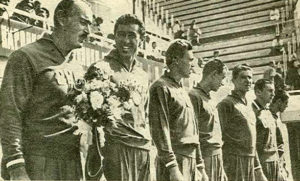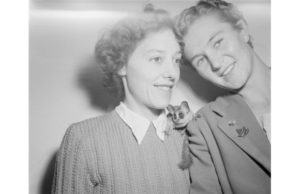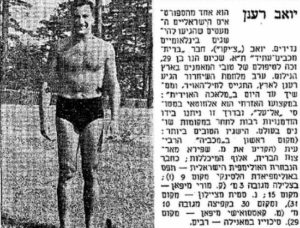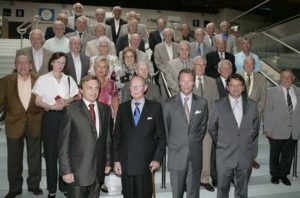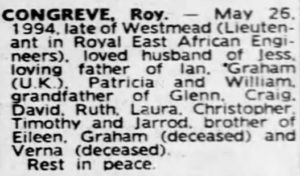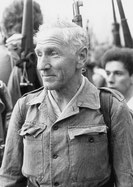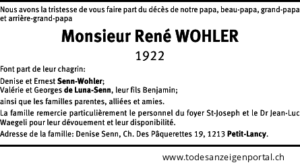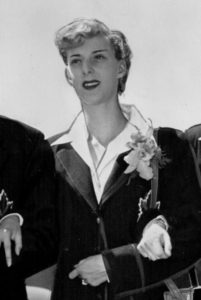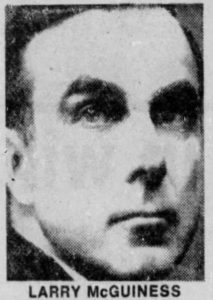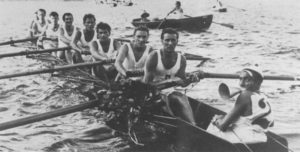There have been a number of tweets and other comments about the current number of doping positives from London 2012. Here are the correct numbers, to the best of our knowledge (our = myself and @OlympicStatman = Hilary Evans).
There have been 121 doping positives recorded from London 2012. 114 of these are confirmed and 7 of these are pending cases that are not fully confirmed yet.
Of the 121, 11 of these were original positives, that is, they were revealed during the London Olympics or at the time of those Olympics. Four (4) of them were pre-Games positives that were found in testing just prior to the Games with those athletes disqualified from competing. The remainder (106) of the positives have been found in re-testing.
Of the 121, 76 were in women, and 45 in men. Here are the nations that have been implicated:
[table]
NOC,Doping Positives 2012
Russia,38
Ukraine,16
Belarus,12
Turkey,12
Kazakhstan,6
Moldova,4
Armenia,3
Azerbaijan,3
Morocco,3
Colombia,2
Georgia,2
Saudi Arabia,2
United States,2
Albania,1
Brazil,1
China,1
Spain,1
France,1
Italy,1
Latvia,1
Qatar,1
Saint Kitts and Nevis,1
Slovenia,1
Syria,1
Trinidad & Tobago,1
United Arab Emirates,1
[/table]
Note that 85 of the 121 are from countries derived from the former Soviet Union.
And here are the sports that have been involved:
[table]
Sport,Doping Positives 2012
Athletics,80
Weightlifting,30
Cycling,3
Wrestling,3
Boxing,1
Gymnastics,1
Judo,1
Rowing,1
Swimming,1
[/table]
Finally, here are the violations, including the drugs used and the other violations of the WADA code:
[table]
Violations / Drugs,Doping Positives 2012
Biological passport offense,37
Dehydrochloromethyltestosterone (Turinabol),32
Dehydrochloromethyltestosterone (Turinabol) and Stanozolol,14
Never announced,7
Erythropoietin (EPO),5
Stanozolol (anabolic steroid),4
Furosemide (Lasix) (diuretic = masking agent),3
Methylhexanamine,2
Oxandrolone,2
Testosterone (anabolic steroid),2
“Blast-Off Red” (ingredients are unclear),1
Blood doping,1
Clenbuterol; Methandienone and Oxandrolone,1
Dehydrochloromethyltestosterone (Turinabol) and Drostanolone,1
Dehydrochloromethyltestosterone (Turinabol) and Ipamorelin,1
Dehydrochloromethyltestosterone (Turinabol) and Tamoxifen,1
Dehydrochloromethyltestosterone (Turinabol; Oxandrolone; and Stanozolol,1
Drostanolone and Stanozolol,1
Marijuana,1
Methandienone metabolite (anabolic steroid),1
Methenolone and metabolites (anabolic steroid),1
Oxandrolone and Stanozolol,1
Tampering with doping control samples,1
[/table]
Of the announced violations (114), fully 50 of them are for Turinabol (dehydrochloromethyltestosterone = DHCMT), often combined with other drugs. Why Turinabol? Turinabol was developed in the former East Germany, by the pharmaceutical company Jenapharm. It was originally only detectable for a few days after administration, but a test developed in 2012 by Grigory Rodchenkov (a familiar name in the Russian doping scandal) enabled it to be detected for up to 50 days after administration. Thus, many athletes who thought they were safe in 2012 were later detected by the use of that test.
